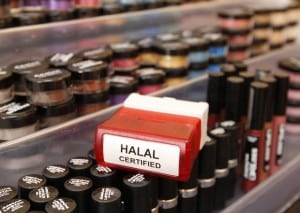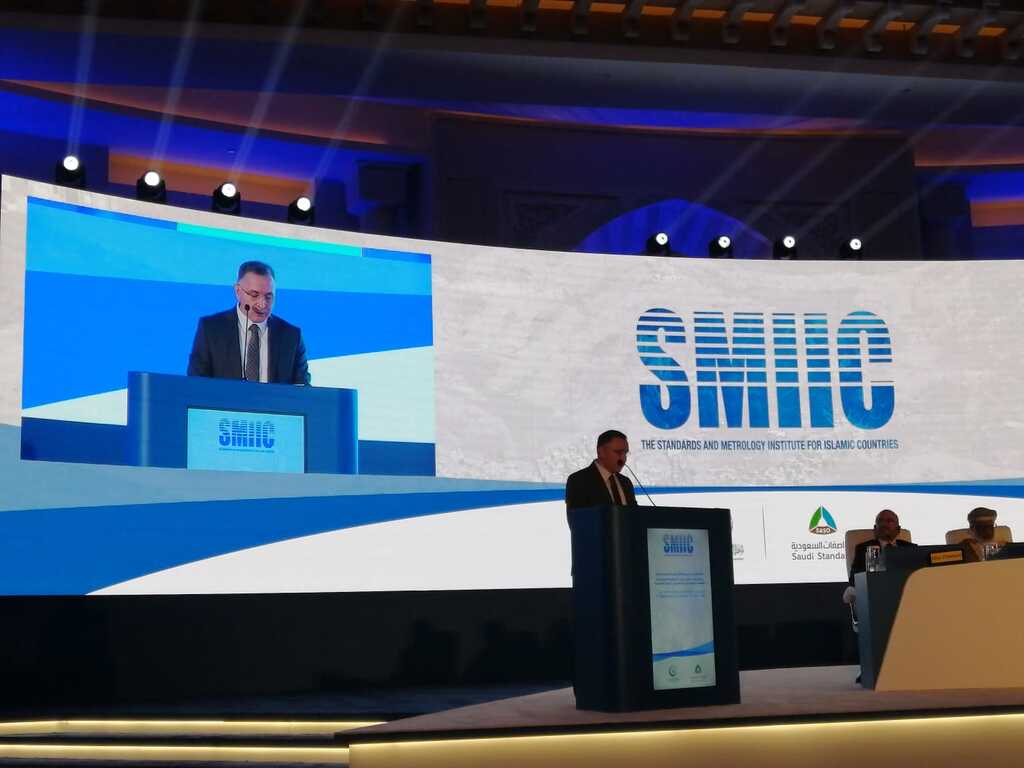 Global demand for halal cosmetics is rising. Dominated by the Asia-Pacific, Middle-east and African markets, this type of cosmetic product appeals not only to the Muslim Community but also people who see halal cosmetics as wholesome. Many people see ‘halal’ as a comparable term to ‘vegan’ or ‘organic’, because the terms offers assurances that a product is safe and has been manufactured to high and specific quality standards.
Global demand for halal cosmetics is rising. Dominated by the Asia-Pacific, Middle-east and African markets, this type of cosmetic product appeals not only to the Muslim Community but also people who see halal cosmetics as wholesome. Many people see ‘halal’ as a comparable term to ‘vegan’ or ‘organic’, because the terms offers assurances that a product is safe and has been manufactured to high and specific quality standards.
It is predicted that the global market for halal cosmetics will grow from an estimated USD 16.32 billion in 2015, to at least USD 53.81 in 2025. SGS is therefore helping operatives in the cosmetics industry to understand what defines halal cosmetics, and how they can successfully navigate this lucrative market.
To be classed as ‘halal’, a cosmetic or personal care product must comply with the general requirements included in clause 2.2 of UAE.S 2055 -1:2015 General Requirements for Halal Food. This defines what is halal and what is forbidden (haram). Forbidden ingredients include:
• Human body parts
• Animals forbidden for Muslims to consume, e.g. pork
• Animals not slaughtered according to Sharia law
• Najiis (filth) e.g. fluids and objects discharged from human or animal bodies, such as urine, blood, vomit, etc.
• Harmful foods
• Alcoholic drinks and intoxicants
These rules apply not only to the end product but also to the processes associated with preparation, manufacturing and storage. This includes cleaning products, lubricants, and any process or step in the production of a halal cosmetic. It is also important for halal and non-halal production to be completed segregated, and the facility must comply with Good Manufacturing Practices, as per ISO 22716:2009.
Stakeholders should be aware that ethyl alcohols (Ethanol) can be used during production, as a solvent or additive, so long as no alcoholic drinks are added directly to the product.
It is the rigor with which these regulations are enforced that attracts many consumers. In many ways, the requirements for halal production mirror the demands of consumers in non-Muslim markets.
In addition to the requirements found in Sharia law, halal cosmetics must also refrain from using:
• Ingredients listed in the Convention on International Trade in Endangered Species of Wild Fauna and Flora (CITES)
• GMO and substances with GMO that contain human genes or genes from prohibited animals
• Agro ingredients that don’t conform to halal rules
• Microorganisms, such as bacteria, fungi and yeast, that are toxic to health and are produced in non-halal environments or include non-halal ingredients
This overlap between the requirements for halal and non-Muslim market demands means, inevitably, companies will standardize production to minimize costs and maximize production. A key example of this overlap is the 2009 ban on animal testing of cosmetic products enforced by the European Union.
Manufacturers find that accreditation as a producer of ‘vegan’, ‘organic’ and ‘cruelty-free’ cosmetic products makes gaining halal certification comparatively easy. Certification involves a document review followed by an on-site audit, administered by technical and Islamic experts. The results of the evaluations are assessed by an impartiality committee that will decide if a halal certificate can be issued.
The ‘Halal’ logo is restricted to products that:
• Conform to the requirements of the standard and Board Resolution No. (36) 2014 regarding organizational procedures for the National Halal Mark
• Labelling and advertisements must not violate or profane local traditions and cultures and the ethics of Islam
• Comply with Islamic Sharia law and halal rules


